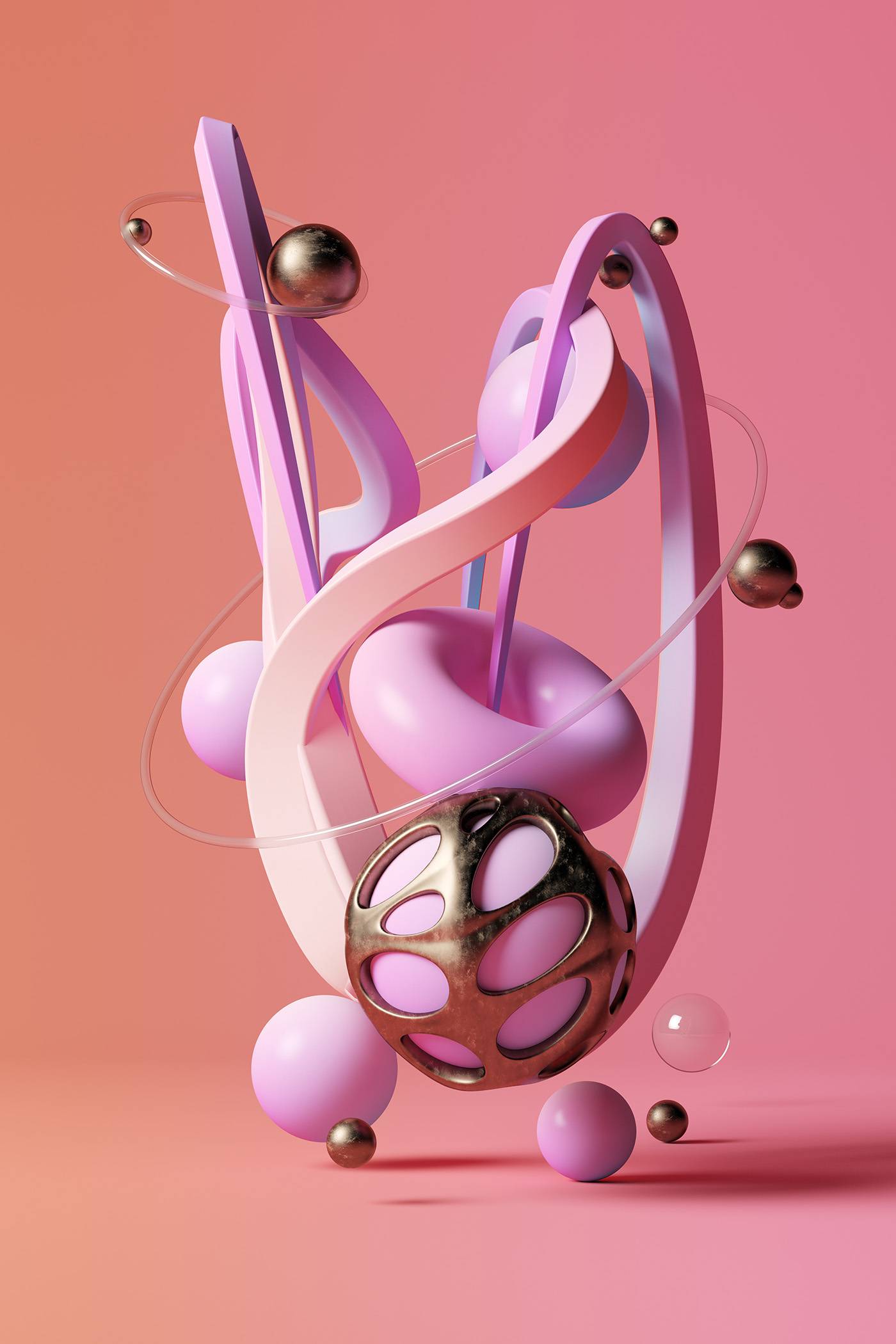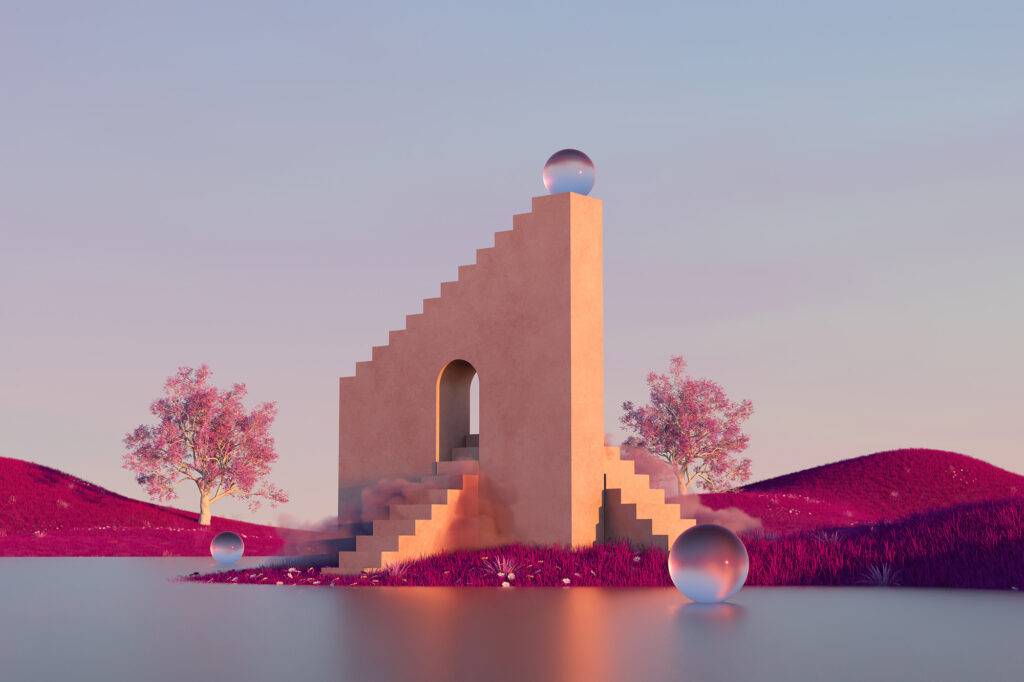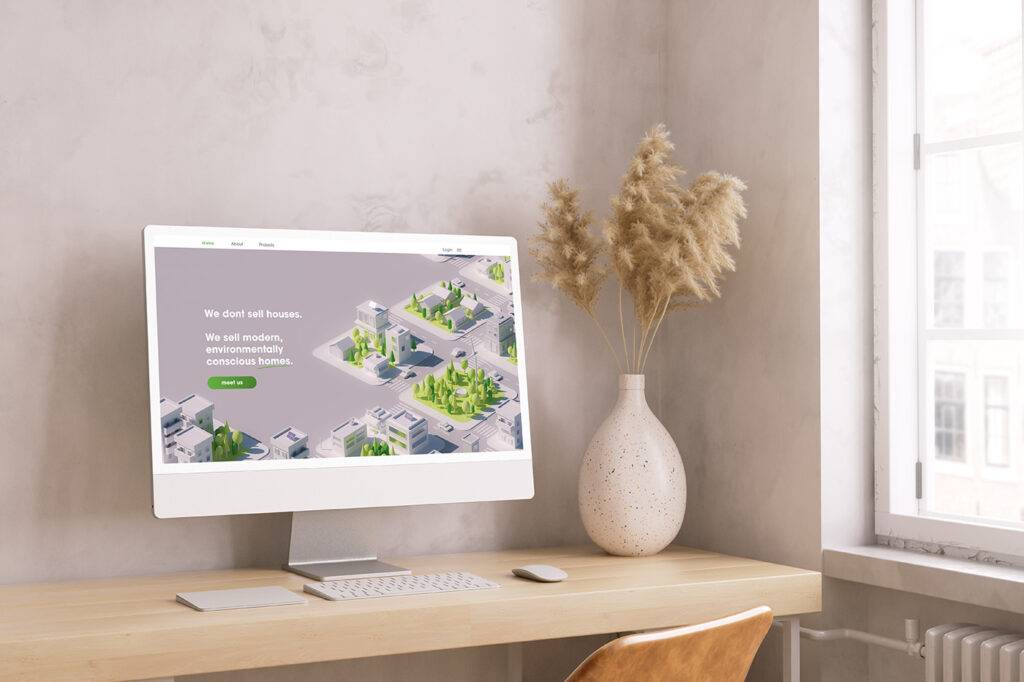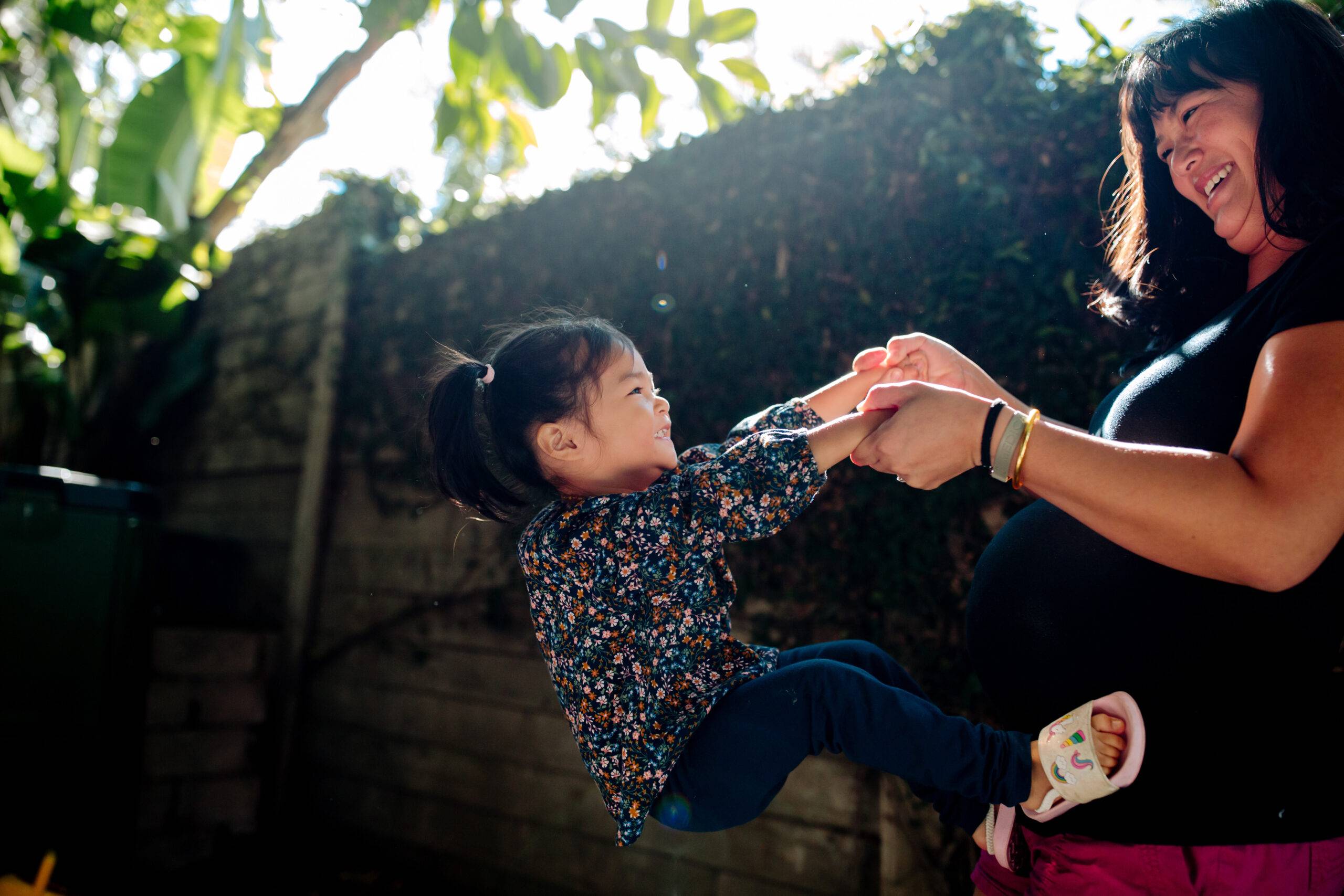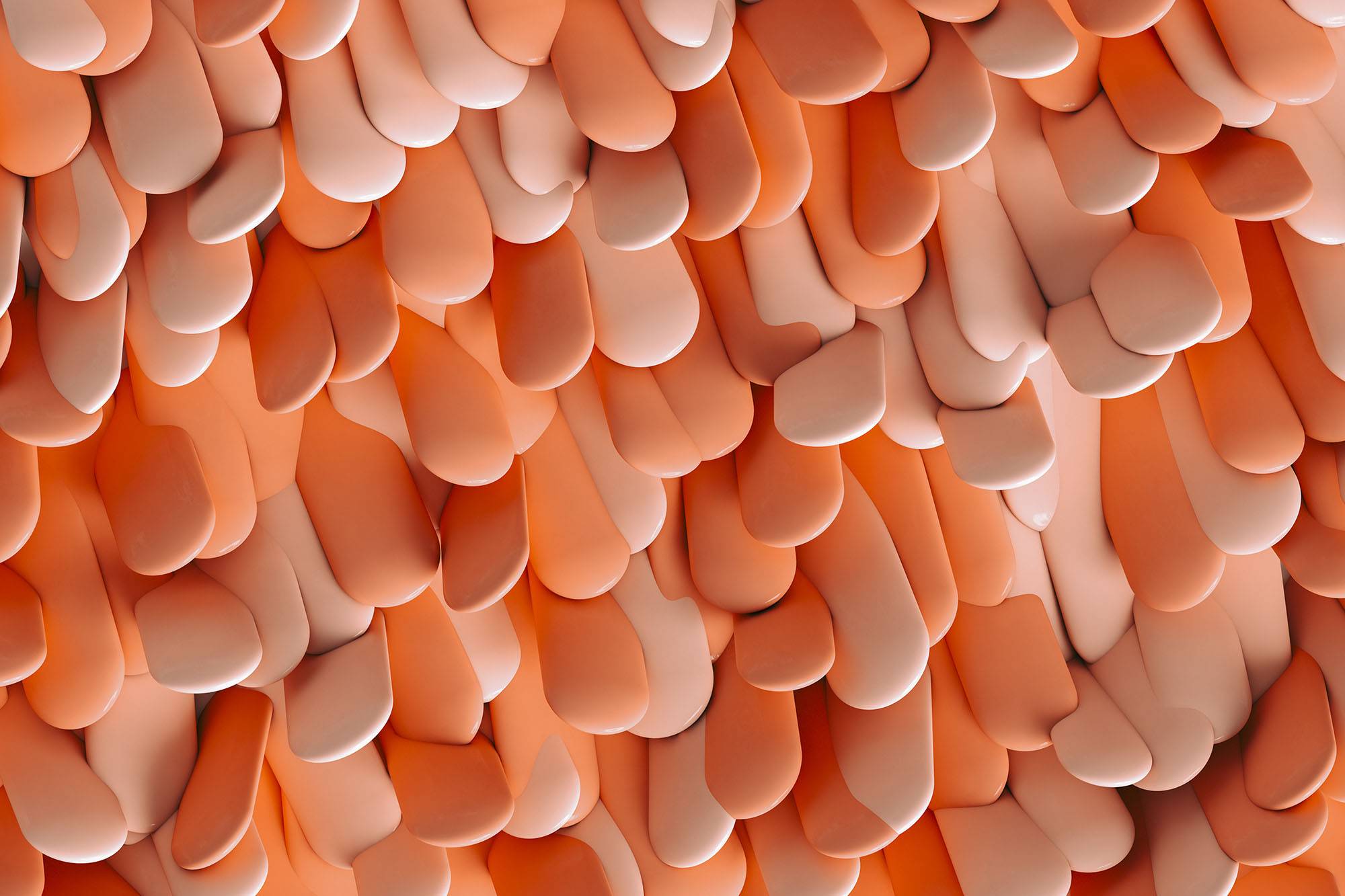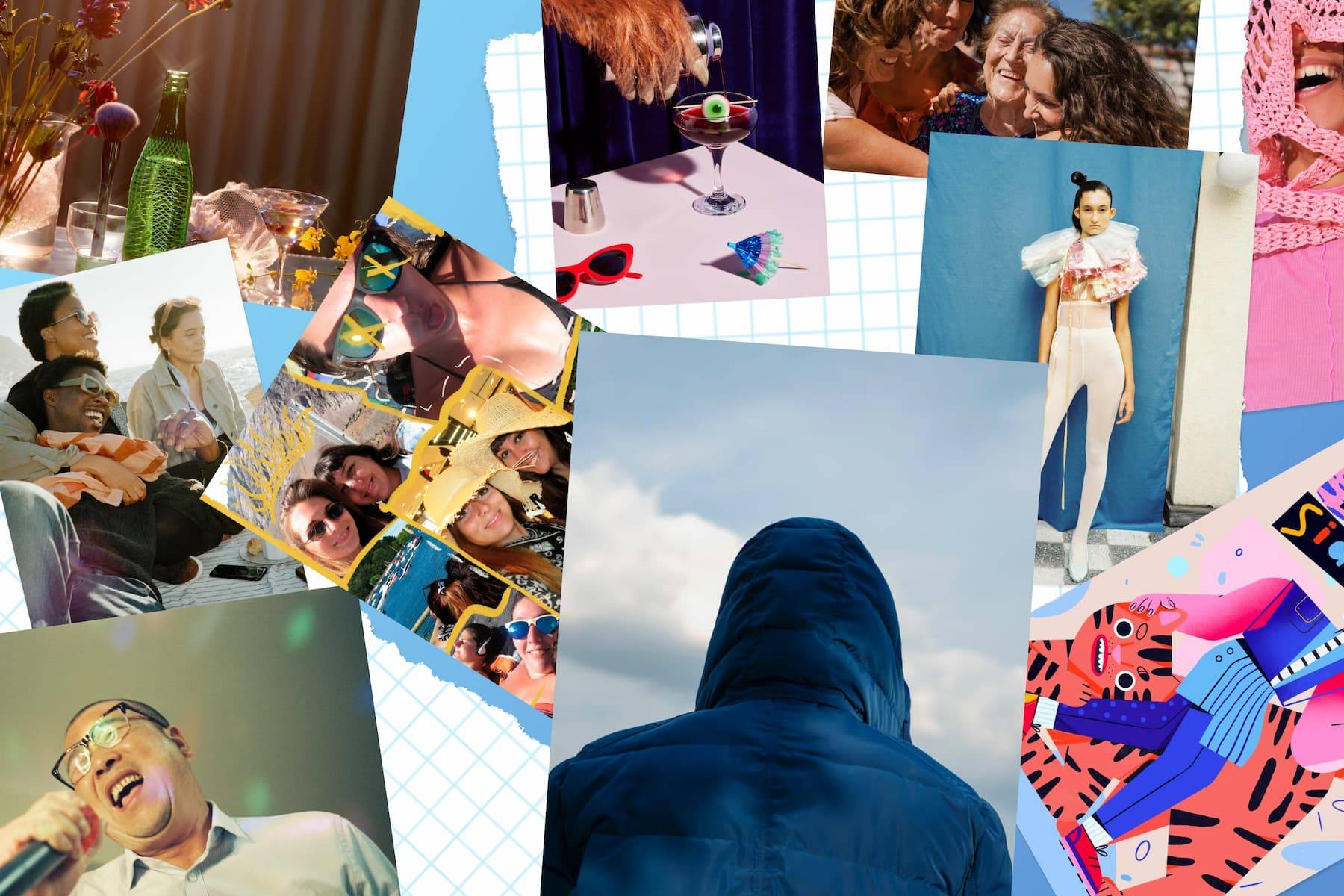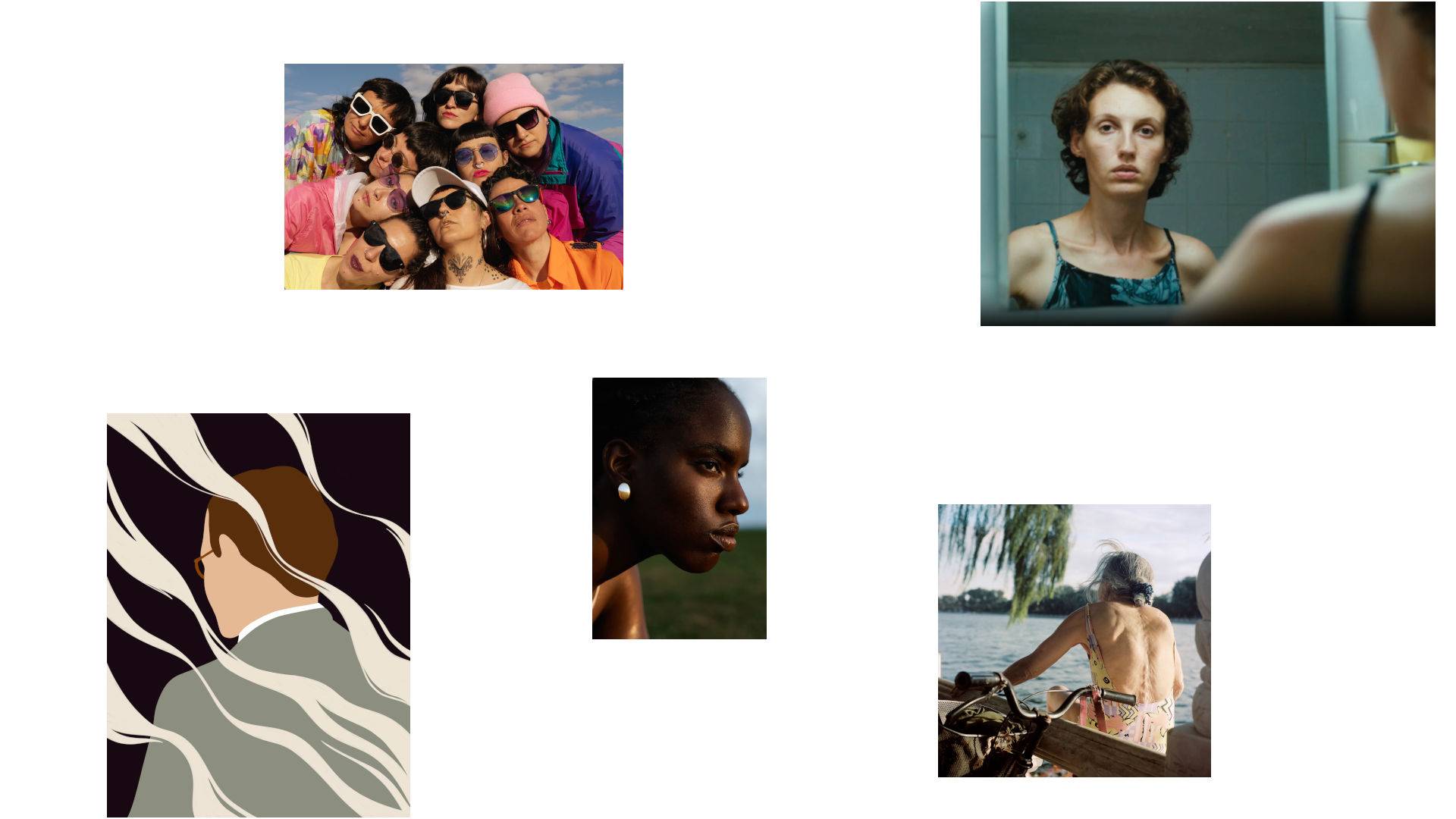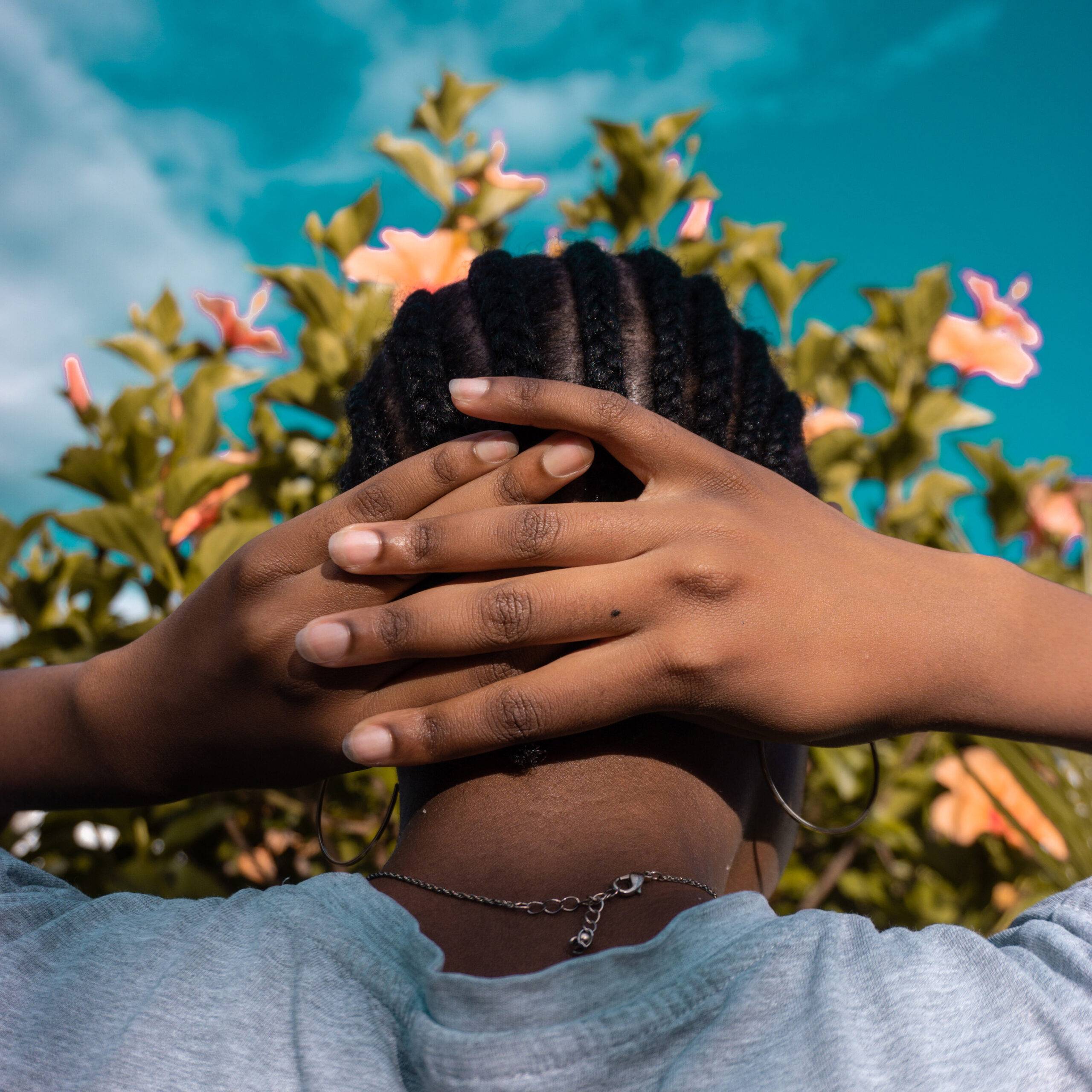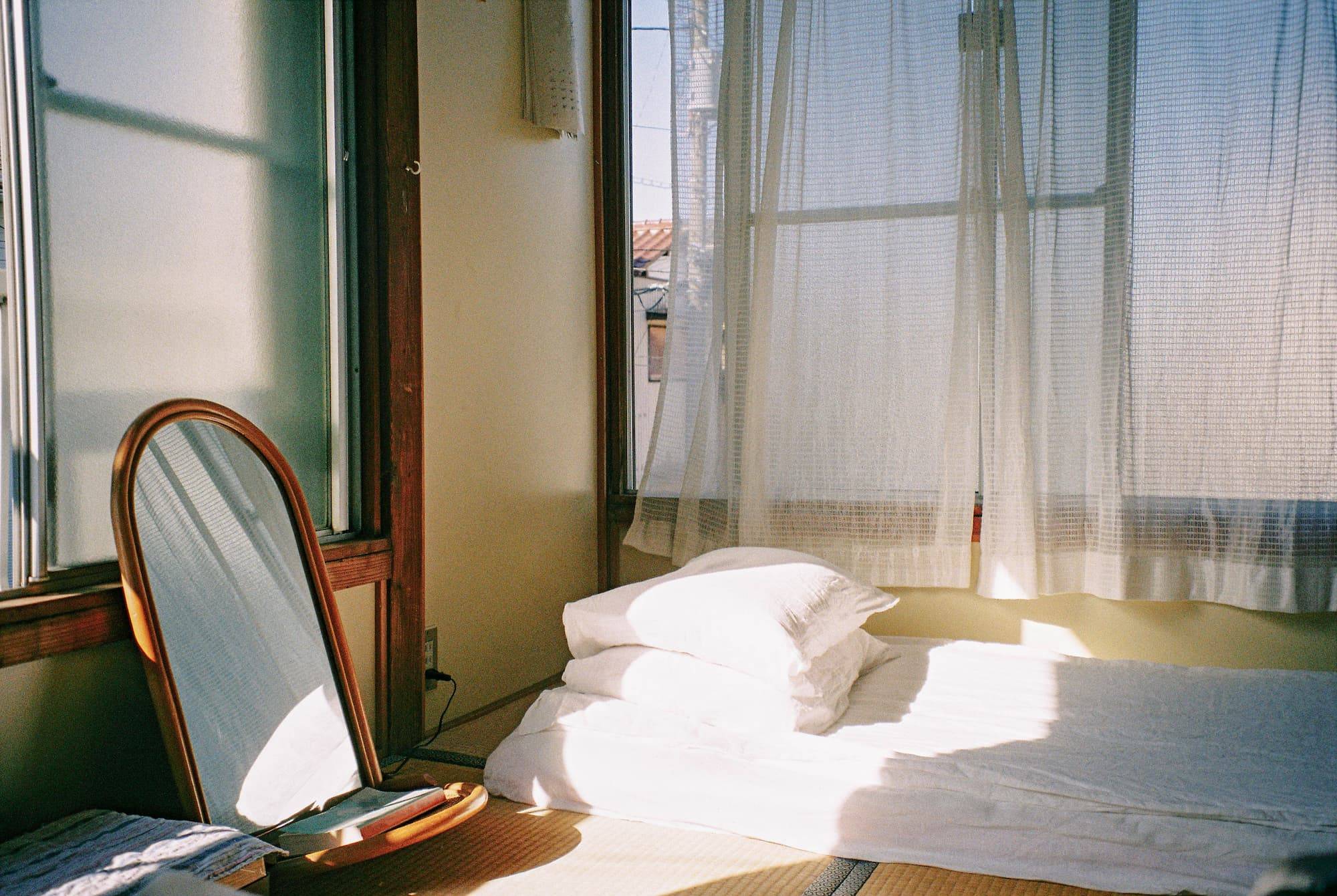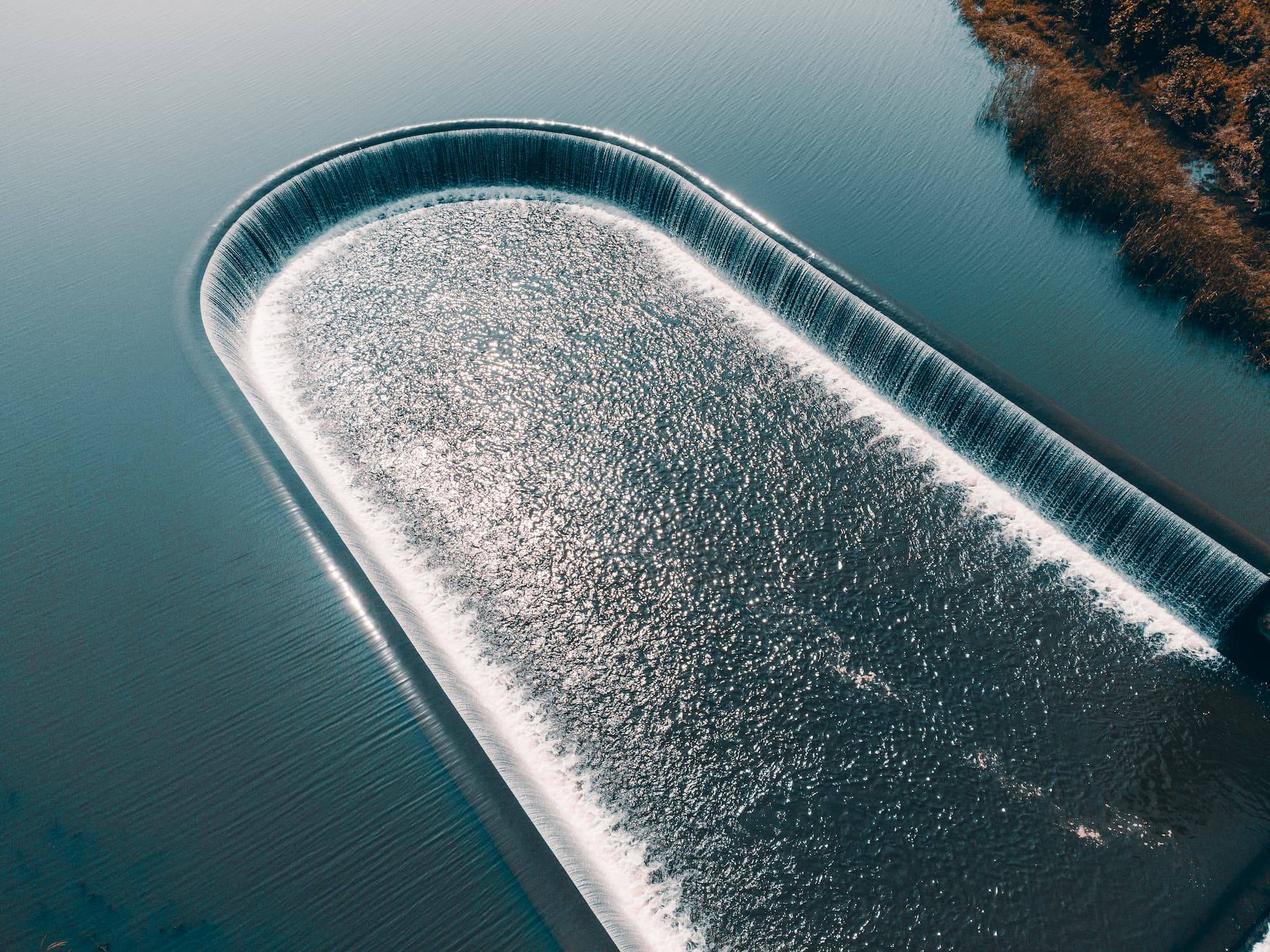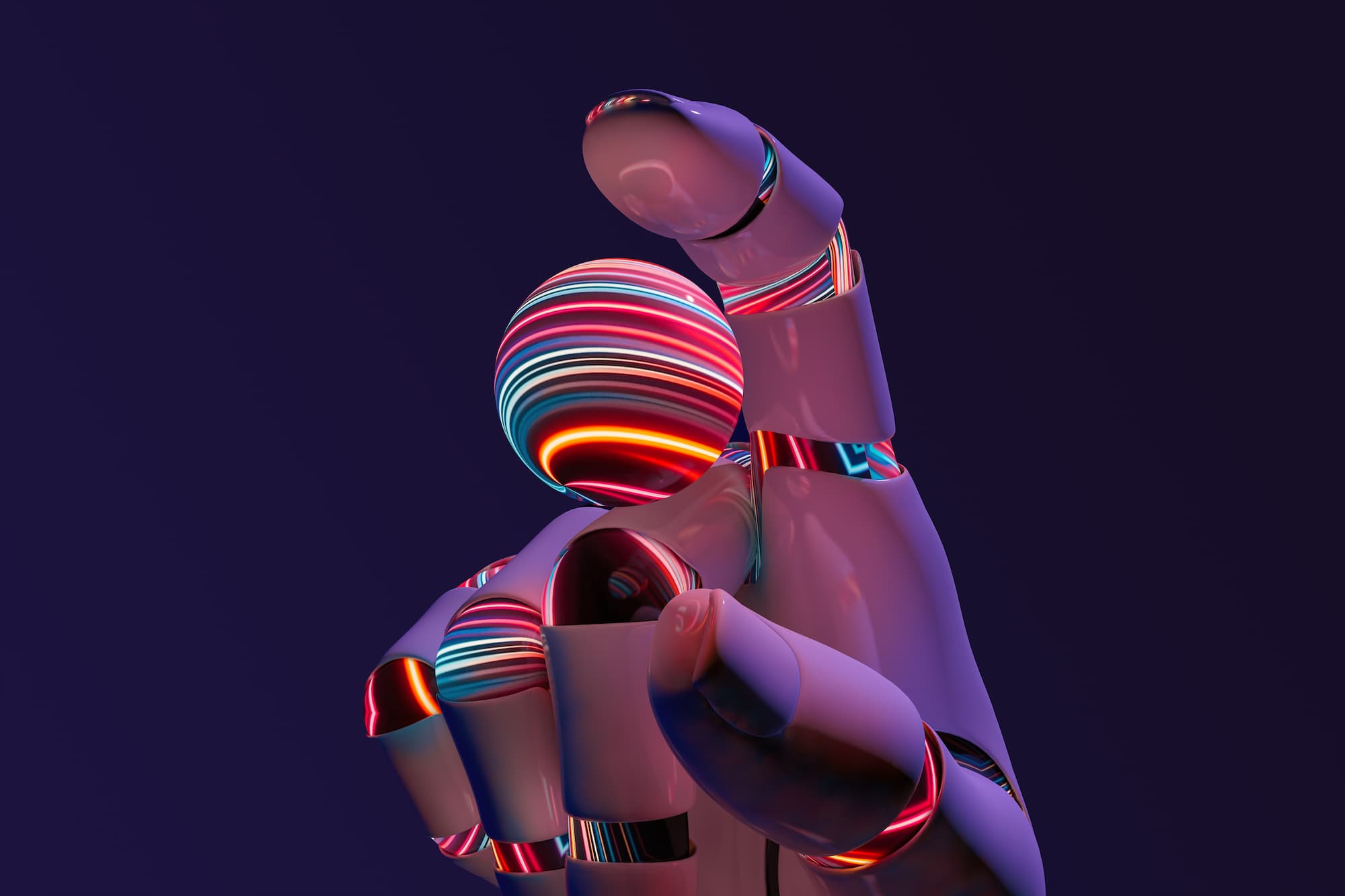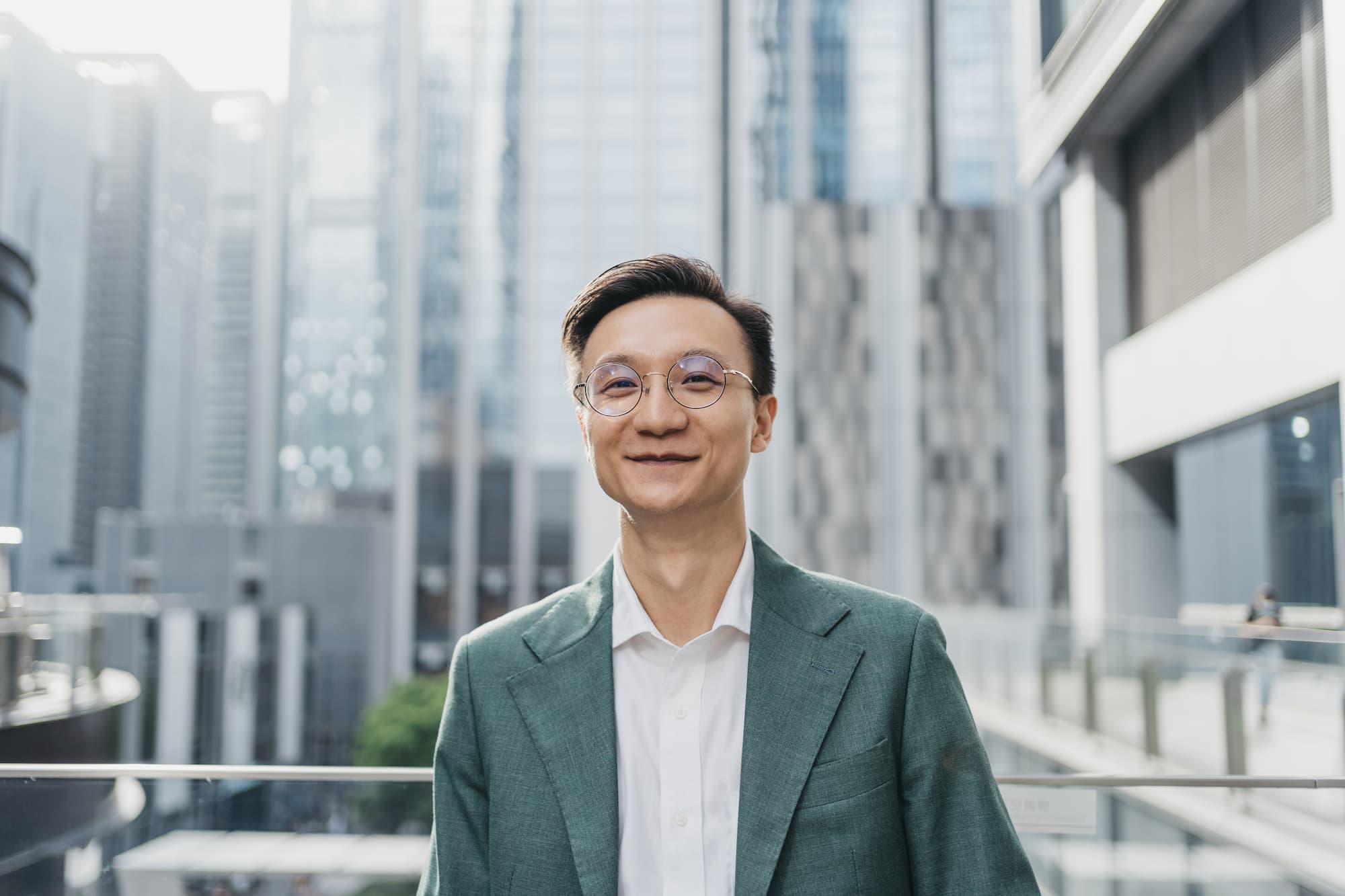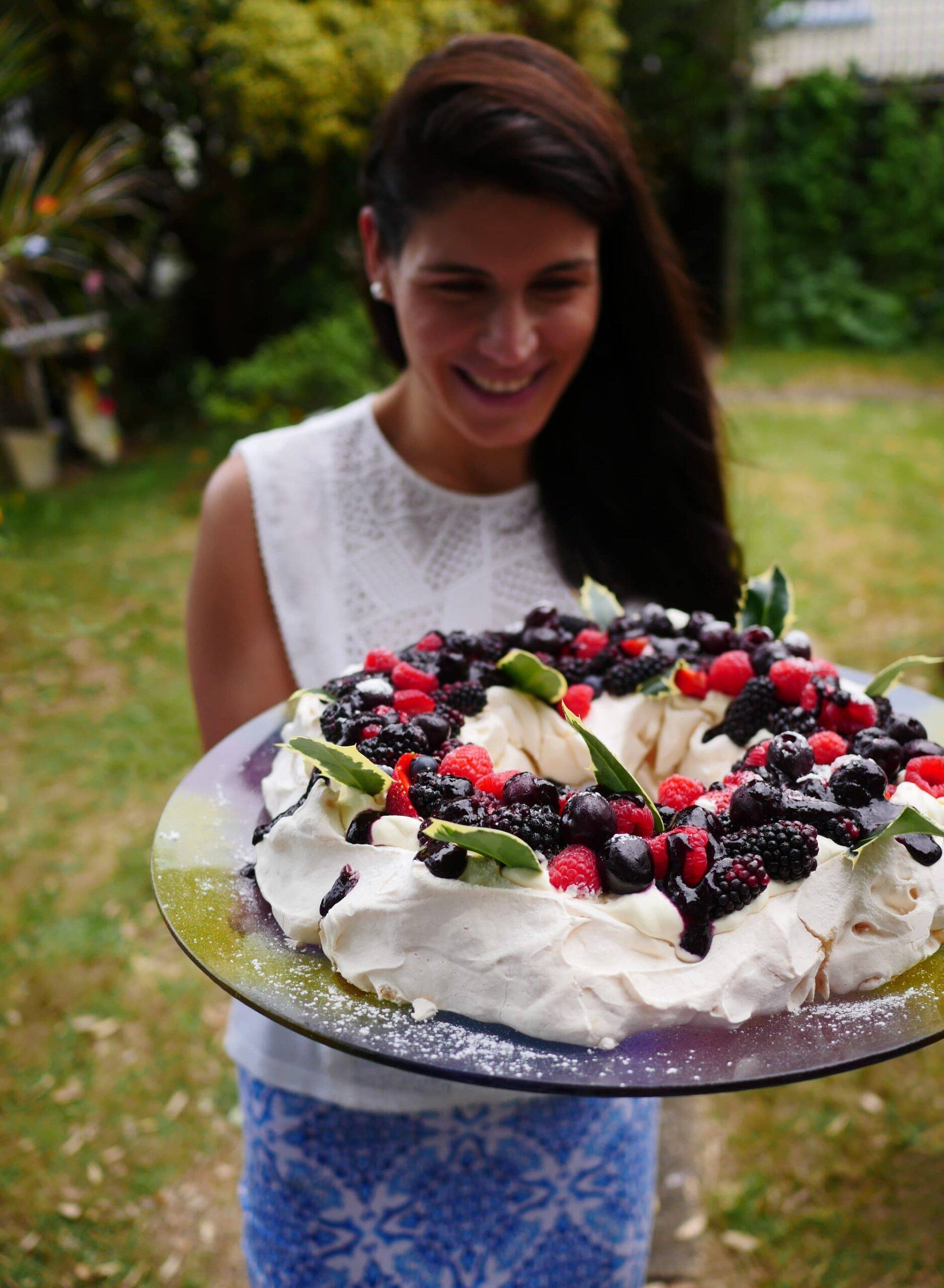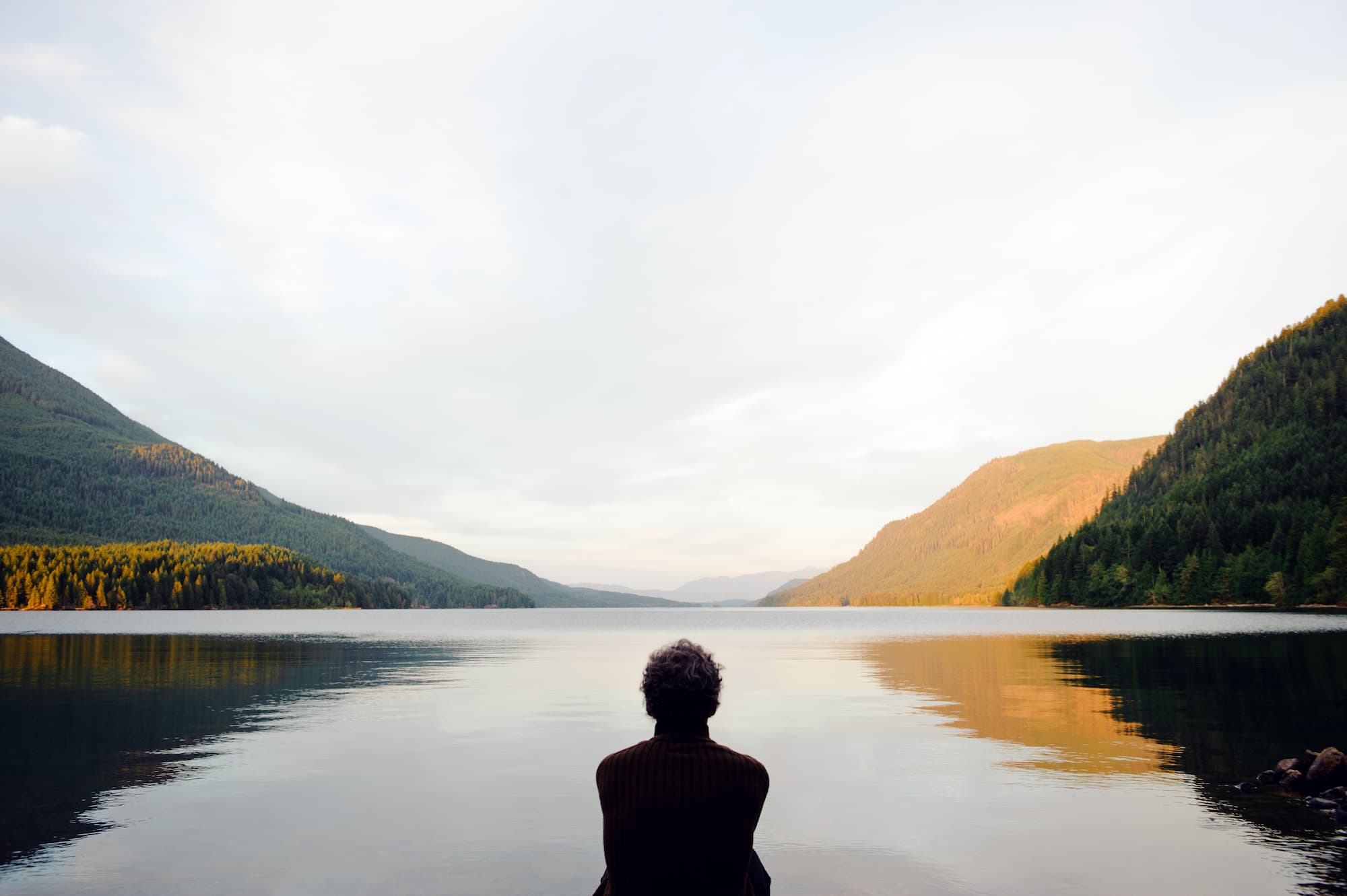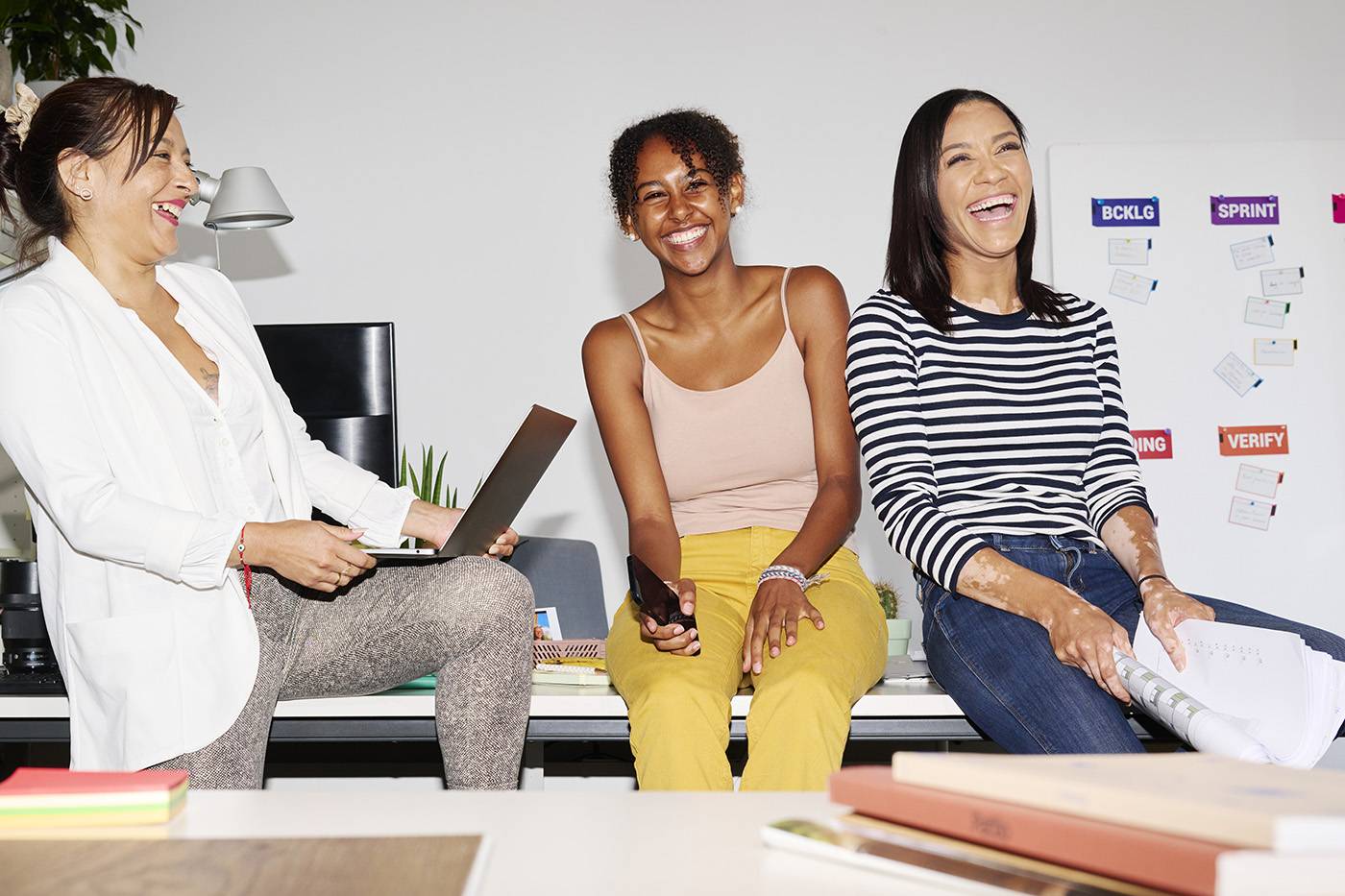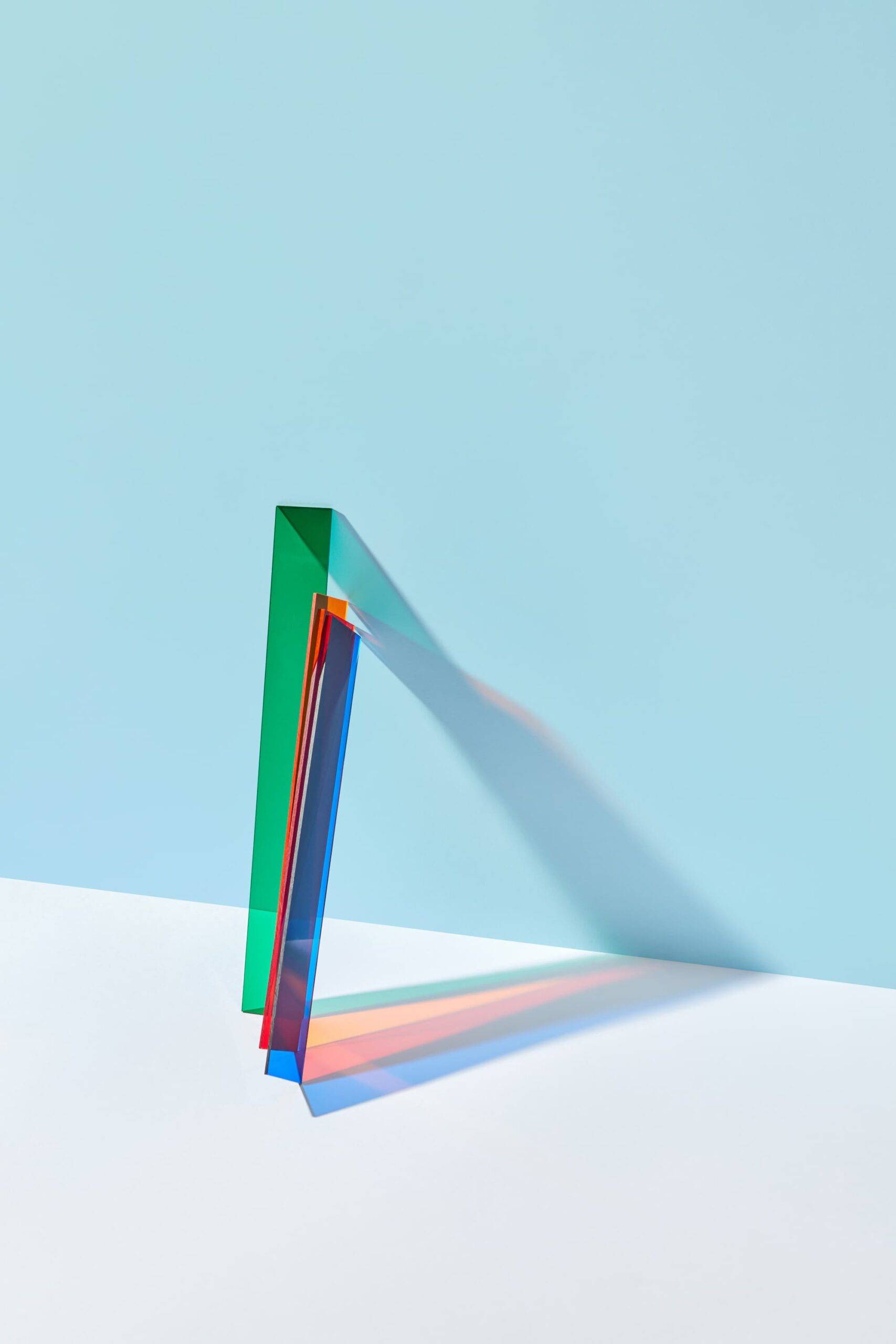We talked with designer and graphic artist Juanjo McLittle about their explorations in the realm of endless possibilities with 3D graphics, illustration, and animation. The results were quite incredible to no surprise.
Illustration and animation have been around for decades, and even the first 3D software dates as far back as 1960. Since then, both the tools and the field have made incredible progress and have evolved. Can you tell us a bit about your journey as a creative on this timeline?
I had always believed that 3D (especially if you wanted to achieve quality results) was something reserved for highly specialized professionals with large infrastructures behind it, for cinema, architecture or video games.
However, technological development brought new tools that allowed people like me to put their heads into that world.
There is also another important factor: the Internet. Although there are great schools, it is true that there is a lot of material on the net that allows anyone to learn 3D in a self-taught way.
What drew you into the field of 3D animation and renders?
Back in 2010, I was working as a designer at an Advertising Agency. Introducing a third dimension changed everything for me — it opened up an incredible world of possibilities. I saw the potential and started learning Cinema 4D. Although the beginnings in 3D are somewhat complex from a technical point of view, it didn’t take long for me to see the first results. Also, at that time, few designers had knowledge of 3D and it was a plus that allowed me to differentiate myself from other designers.
Your abstract work is dreamy and, while abstract, there is a certain logic to it that make the concepts work. Can you tell us a bit about the process from inspiration to idea to final product when creating abstract work?
My work integrates very organically into my life, not only because of schedule issues, but also because inspiration can come at any time. You may find it on a video game screen or in a friend’s comment. It is not that I am looking for it 24/7, but that it appears naturally to me. I also, of course, spend time looking at other artists’ work, whether on instagram or pinterest. Sometimes the idea is clear, but other times I dedicate time to experimentation and refine it with the mouse in hand.
From a business point of view, abstraction can be positive as it can allow your work to be used by clients in multiple ways, but it is dangerous at the same time. When the concepts with which you work are very abstract, you have to put yourself in the shoes of the person who is going to see it and think about how you are going to interpret it. It helps me a lot to show my 7-year-old son my work and observe his reactions. Many times he gives me a different vision than I have.
What would you say are some of the differences when working on a concept as an illustration, animation, 3D render or animated render? And where is there overlap?
3D continues to be an image creation technique, as valid as pencil and paper. The point is that with a 3D program you can create practically anything and the boundaries between disciplines are very blurred. To give an example: Imagine that you create a 3D landscape, add a mountain here, a tree there, put the sun where you want, a sky, a river, fog…etc. Then you have a camera that you can configure exactly the same as a real camera (exposure speed, shutter, etc) and you get a render that is indistinguishable from a photograph. What discipline are we talking about? Or you can create a very abstract drawing with shapes that appear two-dimensional. Or a video that mixes both. The possibilities are endless.
The question is to find the right technique for the concept you want to carry out. There are things that work like stills but not like video and vice versa. Or things that work both ways.
While it’s easy to say that the possibilities with illustration and renders are endless, there are still limitations. What are some limitations you run into which you hope will be addressed in the future?
Although I was specializing and almost all my work was 3D, I only did stills since creating a video was crazy time. If a second of video is 25 frames or more, and you wanted to make a 10-second clip, we’re talking about a minimum of 250 frames. Each frame could take as long as a still, and some stills took hours to render.
A couple of years ago I invested in a workstation with good graphics and a good processor, which made those times go down a lot and allowed me to start making videos.
However, even today I find certain limitations and many times I have to give up using elements such as textures, reflections, etc., so that the rendering times remain acceptable. I hope the technology keeps getting better and faster. For better or worse I have more ideas in my head than I can execute.
Continuing on the idea of endless possibilities. How do you decide what a final version or series looks like for a concept? Is this set in stone when starting or does the idea of the final result evolve as you create?
Sometimes I just start with a thread to pull, but other times I already have an image in my head of what I want to achieve. I am flexible on certain things, especially when it comes to details of composition or framing. However, with textures and lighting I am sometimes a bit obsessive and I can spend hours lost in the details until I get it to look the way I wanted.
Do you have any goals for the new year?
Right now I am more focused on video production. I don’t set specific goals for myself, but I’m interested in exploring and developing myself in that field.
What is your motivation/driving force to create the work you create?
For me, the main motivation is to get up every morning with enthusiasm and the desire to create something new, and to feel that my work is evolving. If I look back and compare the work I am currently developing with what I was doing 1 or 2 years ago, I need to see an evolution. To do this you have to constantly train and put a lot of love into what you do, and that can only be achieved when you are truly passionate about what you do.
If you could execute any idea — with no budget restraints or logistical limits — what would it be?
In that sense I am lucky and as curiosity arise, I can give them an outlet. For example, I recently launched a new project, Ajonegro, together with my good friend Marco Govel (who is also a Stocksy contributor). He is a great photographer and we decided to join forces to be able to create images in which we merge 3D and photography.
In addition to the two of us in the Ajonegro team, we have the help of Natalia, my wife, who is also a designer, and Marta, who is in charge of styling and makeup. It is enriching to work as a team from time to time and it also allows us to execute ideas that require the sum of different talents and that therefore would be impossible to carry out individually.
Do you have any hidden talents besides creating your wonderful work?
If I had not been a designer, I would have loved to dedicate myself to music. I play the guitar and during the pandemic I started playing the piano, but I’m not good enough to make a living from it (in fact I’m pretty bad at it, but I still love it)
How do you make sure that your work still stays enjoyable and that you don’t burn out on creating new content?
Learning helps me a lot. The fact of having a new technique to apply inspires me and opens new paths for me. Traveling paths that I have not traveled before or traveling them in a different way is inspirational and motivating for me.
What is the one bit of advice you wish you knew from the start?
What I’ve done so far has gotten me to where I want to be, so I think it’s best not to change anything, just in case.
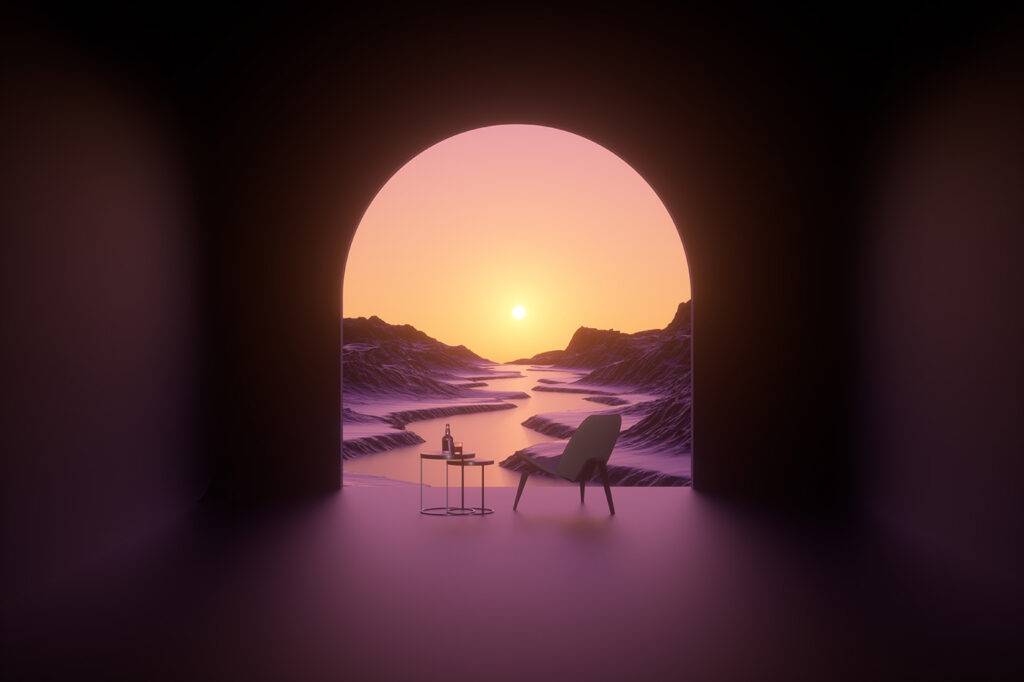
Creative blocks can happen to everybody, what works for you to get out of them?
I think creativity has a lot to do with mood. When I am in one of those days in which nothing works for me, I simply stop working and dedicate myself to cultivating my hobbies, spending time with my children, playing sports, seeing a friend… Tomorrow will be another day.
Of course, when I have one of those days in which the opposite happens to me and creativity just flows, I try to make the most of it and dedicate to work as many hours as I can.
Is there something that you can not go without while creating new work? And why is this so important?
It may sound cliché, but I always have music on. It helps me relax and concentrate. I am fascinated by the ability of music to change the mood. Lately I also listen to many podcasts of all kinds, but the ones I like the most are interviews with people who really have something to say. They motivate me a lot.
Do you have any advice for contributors just starting out at Stocksy?
Well, I’ve only been at Stocksy for a year so I don’t know if I’m the best person to give advice, but I think that if they have selected you among all the requests they receive, it is because they have seen something special in your work, so the best thing is focus on developing that “something” and creating a truly unique and satisfying portfolio.
See more of Juanjo's work
